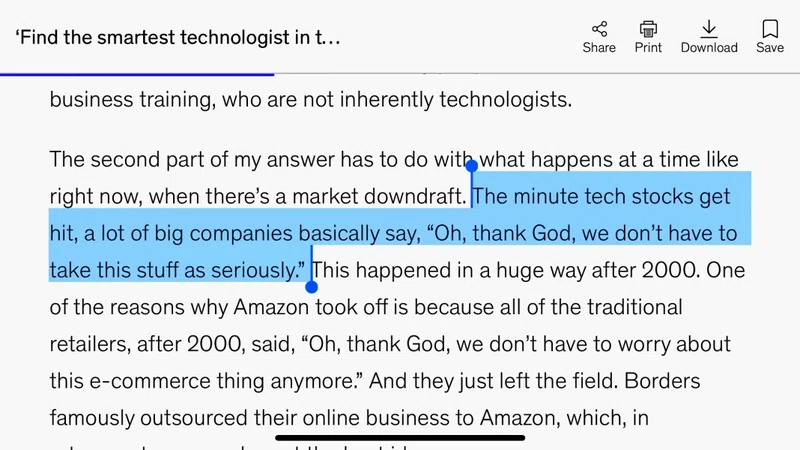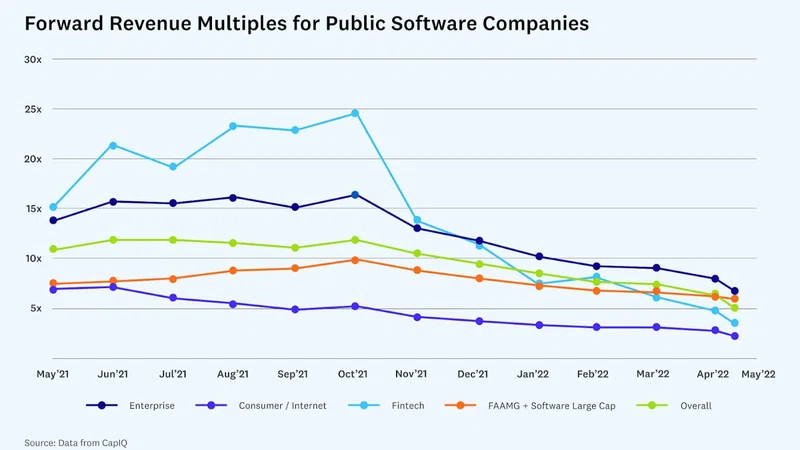What happened to crypto?
Crypto has seen a massive crash, starting in the first quarter of 2022.
This has led multiple global crypto exchange platforms to pause all crypto exchanges. The largest of which, Binance and Celsius, have suspended all withdrawals due to these extreme market conditions.
The popular trading and tracking platform, Coinbase, took a $430 million loss in the first quarter of 2022, with the company’s stock dropping 81%. The company announced plans to lay off a fifth of its staff; however, Coinbase has survived other crypto winters in the past, and many analysts aren’t concerned about its future.
“The winter would have to get progressively worse for Coinbase to be in any real danger,” John Todaro, a crypto-asset researcher for Needham & Co., told CBSNews.com. However, this reality may soon come to pass as crypto continues to crash further and further.
Does the question become how far the asset needs to dip before Coinbase is in trouble? Other crypto exchange companies are already in trouble, and more are soon to follow. Only time will give the market an answer.
The true test has begun for these crypto companies like Coinbase. In early July 2022, Bitcoin sat at 68.33% below its all-time high of $68,789.63, according to Coinbase.com figures. Alt-coins, including Ethereum and other cryptocurrencies, tend to follow the path of Bitcoin, so one can look at Bitcoin as an indicator of the overall market when making inferences or conclusions about the crypto market. Experts believe that Bitcoin prices may remain stable around the $20,000 mark for at least the next six months, according to CoinTelegraph.com. This means that for crypto companies and startups to survive, they will need to hold out the market until the crypto rises again in the next cycle. In order to hold out the market, each company/startup needs an immense amount of cash in their reserves as they will not be making their usual bull-run profits from their crypto-related services.
Investor Attitudes
Unfortunately, due to the market conditions, investors are hesitant to give out funding to companies, especially ones in crypto or tech. During the post covid bull run, interest rates were low for investors to borrow money to invest, and with the apparent forecasted growth of the market, they were able to throw money at any crypto or tech startup that was promising. Because of this level of forecasted growth, many fintech startups were able to use that to their advantage, promoting their own forecasted figures, ultimately promising an auspicious future.
Now times are different, and some analysts are even saying that level of fintech investing activity might never be seen again. Investors are now unable to borrow money as easily as they could before due to high inflation driven by the ongoing Ukraine-Russian conflict and the pandemic. Investors are also no longer looking at forecasted metrics and now focus on the cold hard data found in balance sheets and income statements. While future valuation is essential, the bear market has scared investors into analyzing the “here and now.”
One thing is for certain. If your fintech startup doesn’t have a cash reserve, many investors won’t even bother investing. Cash offers a sense of security, as long as a startup has cash to burn, it can survive in the short term. Because many analysts are predicting this bear run to be on the shorter side (6 months to a year), investors want to see that your startup has at least that amount of cash required to survive for that period. Only time will tell if this attitude will change as the bear market continues and evolves.

Will crypto survive the crash?
The stock market is known for its lengthy history of ups and downs; however, because crypto is an alternative digital investment/asset, crypto doesn’t always act in accordance with the market. Knowing that the stock market has experienced multiple bear and bull cycles over the centuries does give investors peace of mind, but this type of thinking can often be misguided. The crypto market is not the same as the stock market; even with its parallels, many investors continue to make this classifying mistake.
However, it’s heartening to know that cryptocurrency has survived multiple crashes in its short history. There have been at least seven documented Bitcoin crashes and recoveries. The biggest one of all dates back to 2011, when Bitcoin lost 99% of its value. Similar to the stock market, in crypto’s history, investments will almost always increase in value over long stretches of time. With Bitcoin’s history, that number is around four years or more. Investors that hold their investments are often rewarded.
Having said that, many analysts are experiencing a new level of worry leaving many investors hesitant to put their money back into crypto in its current stage. From the outside looking in, this may be surprising given Bitcoin’s discounted price. The reason for this apprehension can be attributed to many different explanations. To start, this crash has highlighted the volatility of the digital asset even more than in previous crashes. With the technological advancement crypto has seen over the last couple of years, many analysts were surprised Bitcoin and Ethereum, often considered the more stable cryptocoins in the market, fell as much as they did. This proved the concept that these digital assets, often not backed by any physical asset, will never be stable like physical investments or even the stock market. No matter the technological advancement, crypto will always be volatile and prone to these massive crashes, especially without some form of stable regulation. This does mean that crypto will also be prone to massive surges in value, but nothing is for certain in this market.
Many investors also realized how carried away the market has truly become during the post covid bull-run. Ambitious NFT and crypto projects sprung up by the hundreds, and just as quickly, almost all would fail. Crypto scams were commonplace to the point that when one would happen, nobody in the crypto community would be surprised. Just in 2022, dozens of high-level scams have occurred to promising crypto projects. Axie Infinity, the biggest crypto game on the market, had $615 million stolen. Seth Green, a producer working on a comedic series involving Bored Ape NFTs, had 4 of his characters stolen, leading him to pause the show’s production. Luna, previously ranked among the top 10 most valuable cryptocurrencies in the market, lost 99.98% of its value overnight. Those are just four of the many scams and failures in the crypto market. Many other smaller altcoins had similar fates, with occurrences happening so often that scams were named “rug pulls” by the crypto community. With these projects or coins failing, especially the bigger ones with alot of value and money put into them, investors realized that no coin is safe. Even a coin such as Bitcoin or Ethereum could see a heavy crash, which is precisely what ended up happening.
What will happen now to crypto?
Due to the unfortunate crash and events leading up to the crash, now is the perfect time for all digital assets, including crypto, NFTs, and metaverse projects, to reform and change for the better. Gone are the days of scamming with obscure altcoins and “rug pulls.” Only the most viable and promising crypto coins will survive this bear market. From there, crypto innovators will once again begin to innovate and create new products, this time with a new focus. Instead of quick cash grabs like many NFT and crypto projects have been in the past, investors and innovators will now look to make products that can withstand volatility while also providing real-life use cases to the consumer. More accurate and complete market research will be done in order to determine what use-cases consumers will actually want. Innovators will stop making products they think will work well with impractical obscure uses but instead make products for the consumer themselves. This way, they will see much more prominent successes and fewer failures. Crypto will become a reformed space full of innovation and possibility.













